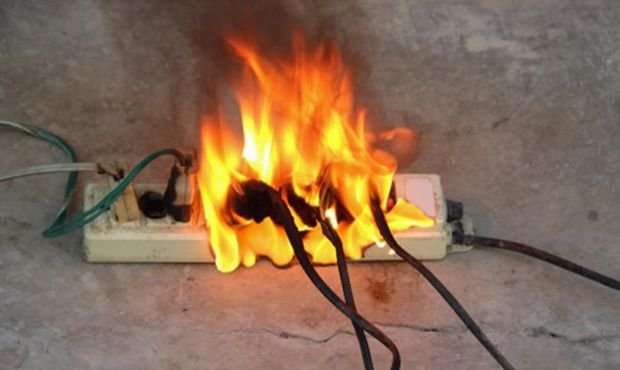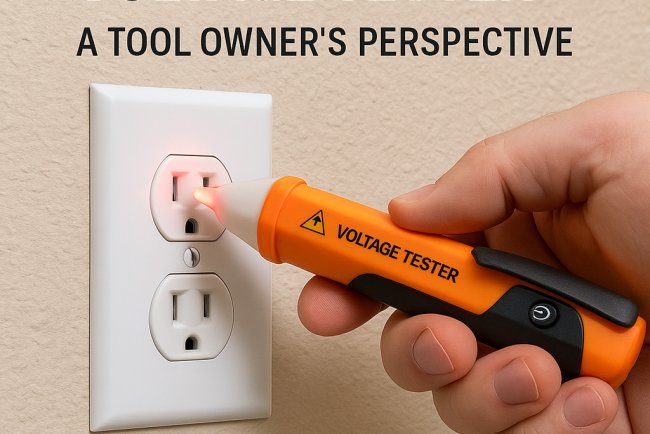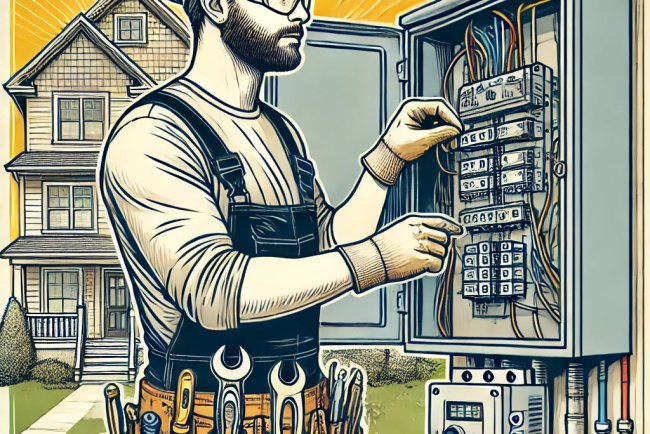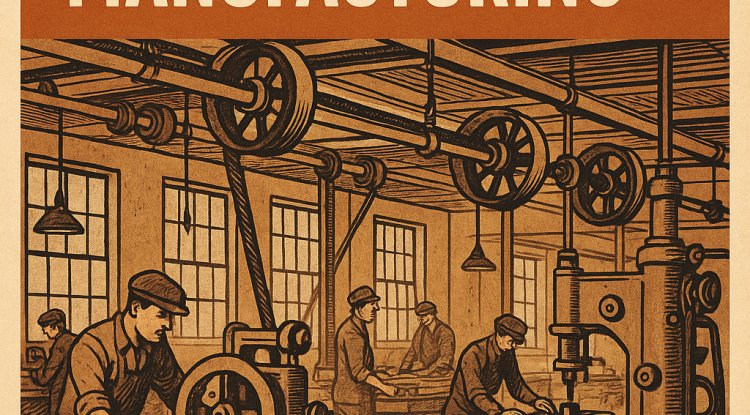Fire Prevention Tips When Doing Electrical Repairs
Essential fire prevention tips for safe electrical repairs—learn how to avoid hazards, use proper tools, and protect your home or workspace.

Fire Safety Tips for Electrical Repairs – Stay Safe and Prevent Fires
Working with electricity can be done safely if you take the right steps. But even one small mistake can lead to serious problems like electrical fires. Whether you're a DIY beginner or have some experience, these simple tips can help you stay safe while doing electrical repairs at home or work.
1. Turn Off the Power First
Before starting any electrical work, always turn off the power at the main breaker box. Don’t just flip a wall switch—switches may leave some wires live.
Use a voltage tester or multimeter to double-check that the power is off before touching any wires.
Quick Tip: Label the switches in your breaker box. It helps you quickly find and turn off the right one when needed.
2. Use the Right Tools
Using the right tools isn’t just about getting the job done—it’s also about staying safe. The wrong or low-quality tools can cause loose wires or sparks.
Helpful tools to use:
-
Insulated screwdrivers
-
Wire strippers and cutters
-
Voltage testers
-
Circuit testers
-
Proper wire nuts and connectors
Important: Never use tools with damaged handles or ones not made for electrical work. They can cause electric shocks or short circuits.
3. Check Old Wires Before Using Them
Before reusing any wires, check them carefully. If you see damage like cracked insulation or exposed copper, replace the wire. Damaged wires can cause short circuits or overheating.
Look for these warning signs:
-
Burn marks or a burnt smell
-
Stiff, cracked, or discolored insulation
-
Signs of water damage or rust
-
Melted parts
Don’t take risks—replace any wire that doesn’t look safe.
4. Don’t Overload Circuits
Each electrical circuit is made to handle a certain amount of power. Plugging in too many devices or using the wrong wire size can make the circuit overheat, which can lead to a fire.
Safety tips:
-
Use the correct wire size (like 14-gauge for 15 amps, 12-gauge for 20 amps)
-
Don’t use extension cords as a permanent solution
-
Add extra circuits if you have high-power areas like kitchens or garages
Using a circuit tester or amp clamp can help you check if your circuit is carrying too much load.
5. Make Strong, Safe Wire Connections
Loose or poorly connected wires can cause sparks, heat, or even fires. Always make sure your wire connections are tight and safe.
Here’s how:
-
Strip wires to the right length
-
Twist them together firmly before using a wire nut
-
Tug on the wires gently to make sure the connection is secure
-
Use approved wire connectors
-
Put all wire connections inside a proper electrical box
Wrapping connections with heat-resistant electrical tape adds extra safety.
6. Use the Correct Circuit Breaker
Using the wrong circuit breaker can stop the system from shutting off properly when there’s a problem. This can lead to overheating or fire.
Types of breakers to know:
-
AFCIs (Arc Fault Circuit Interrupters): Used in bedrooms and living rooms
-
GFCIs (Ground Fault Circuit Interrupters): Required in bathrooms, kitchens, and outdoors
-
Standard breakers: For general areas
Always match the breaker type to your panel and wiring setup. Don’t use random or off-brand breakers—they may not fit or work right.
7. Keep Your Work Area Clean and Dry
Working in a messy or damp area can be dangerous. Water and electricity are a bad mix, and clutter can catch fire if sparks fly.
Make your work space safe by:
-
Keeping flammable things away from outlets
-
Using a rubber mat or insulated surface
-
Never working in wet areas unless you have waterproof gear
-
Making sure the space is well-lit and has good airflow
Final Thoughts
Electrical fires often happen because of simple mistakes. The good news is, with the right tools, careful planning, and a focus on safety, you can prevent most of them.
Whether you're fixing a light switch or installing a new outlet, always take your time, follow safety steps, and don’t rush the job. A few extra minutes of care can protect your home—and your life.














